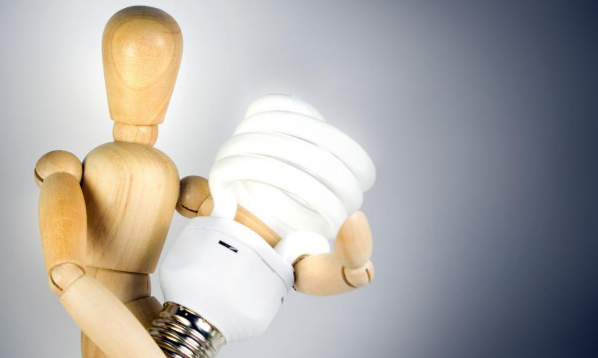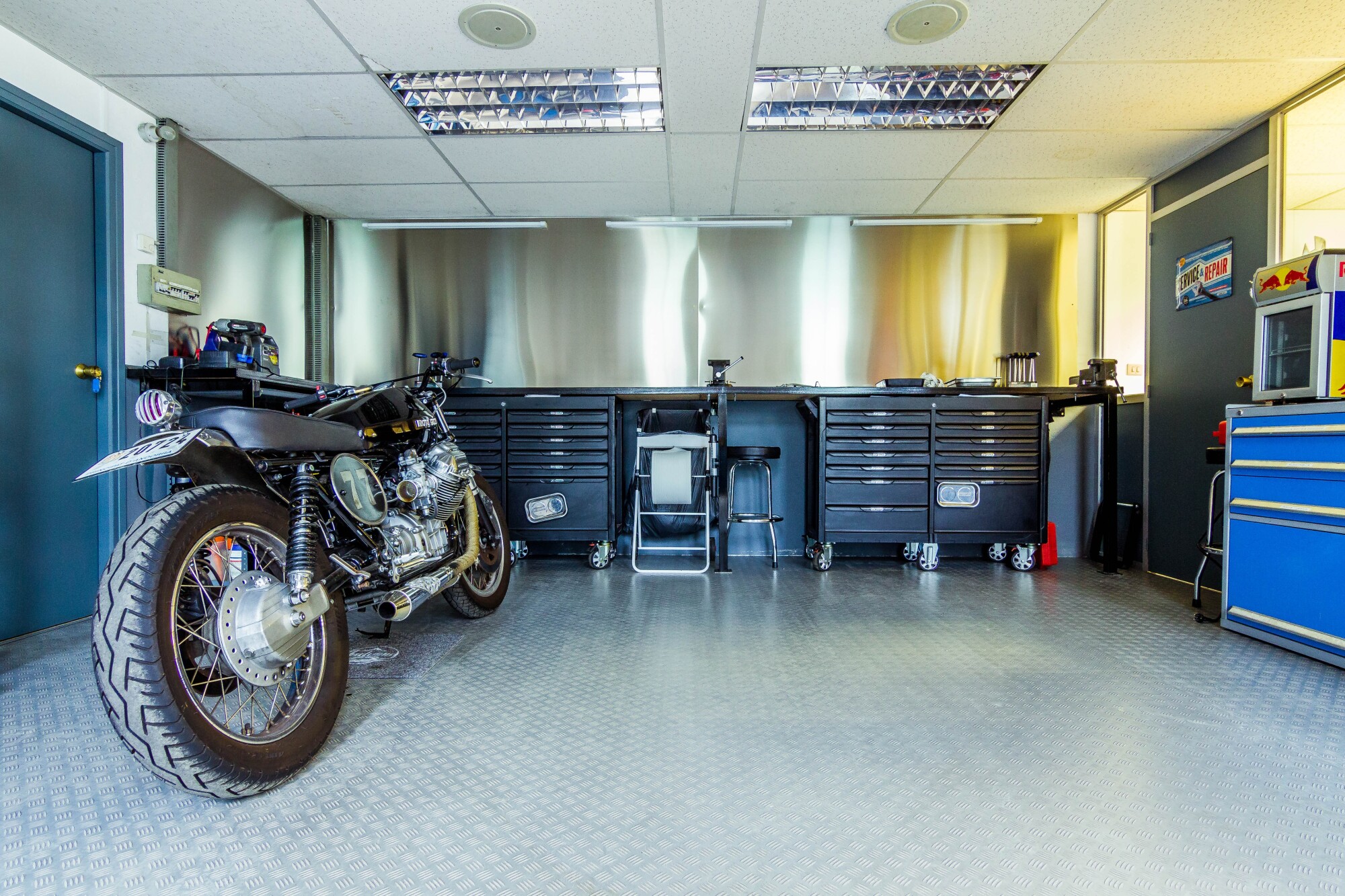According to the North American Insulation Manufacturers Association (NAIMA), roughly 90% of existing U.S. homes are under-insulated. This alarming statistic highlights the need for homeowners to take proactive measures to reduce energy consumption and lower their monthly utility bills. By implementing a few simple changes and adopting energy-efficient practices, you can make your home more comfortable while saving money and reducing your carbon footprint. There are many things you can do to lower your monthly energy bills. Listed below are a variety of tips to help you save money.
Add Insulation
One of the most effective ways to improve your home’s energy efficiency is by adding insulation. Proper insulation helps regulate indoor temperatures, reducing the need for excessive heating or cooling. You should insulate your attic, walls, and floors to prevent heat transfer and keep your home comfortable throughout the year.
Caulking and Weatherstripping
Air can leak around your home’s doors and windows, which will significantly impact your home’s energy efficiency. Caulking and weatherstripping are inexpensive methods to seal these gaps and prevent drafts. By properly sealing your doors and windows, you can prevent inside air from escaping and outside air from coming into your home.
Upgrade to Energy-Efficient Appliance
If you have outdated appliances, then they may be using more energy than you think they are. Consider upgrading to energy-efficient models that have earned the ENERGY STAR label. These appliances are designed to use less electricity or gas while providing the same level of functionality.
Install Programmable Thermostats
You should upgrade from your older, dial-style, or digital thermostat to a programmable thermostat. This will allow you to set different temperature levels for different times of the day. By programming your thermostat to lower the temperature during periods when you’re away or sleeping, you can reduce energy consumption and save money on heating and cooling costs.
Use Energy-Efficient Light Bulbs
It may seem like a small thing but by using energy-efficient lightbulbs, you can actually save quite a bit of money over time. Traditional incandescent light bulbs waste a significant amount of energy by producing excess heat. Switch to energy-efficient alternatives like LED or CFL bulbs, which use considerably less energy and they even have a longer lifespan so you do not have to replace them as often.
Unplug Electronics and Appliances
Many devices continue to use power even when they’re turned off or in standby mode. This is referred to as ‘vampire power’ or ‘phantom load,’ and actually contributes to unnecessary energy consumption. To combat this, simply unplug your electronics and appliances when they’re not in use or use power strips with on/off switches.
Take Advantage of Natural Light
Take advantage of natural light during the day by opening your curtains and blinds. This will help reduce the need to turn on the lights inside your house, which, in turn, will decrease energy consumption. You can even install skylights or solar tubes to bring in more natural light.
Maintain Your HVAC System
It is very important to keep your heating and cooling system in top-notch working order. Regular maintenance of your heating, ventilation, and air conditioning (HVAC) system ensures optimal performance as well as energy efficiency. You should replace filters regularly, clean the vents, and schedule professional inspections to identify any potential issues and keep your system running efficiently.
By implementing these tips, you can make your home up to 30% more energy efficient. You can also do so by getting a roof replacement, which makes up a large portion of the overall North American roofing market, making up over 90% of both the market’s volume and value. Lowering your monthly energy bills not only saves you money but also contributes to a more sustainable future. You can start taking steps today to make your home more energy-efficient and join the efforts to combat climate change while enjoying the benefits of a more comfortable living environment.








